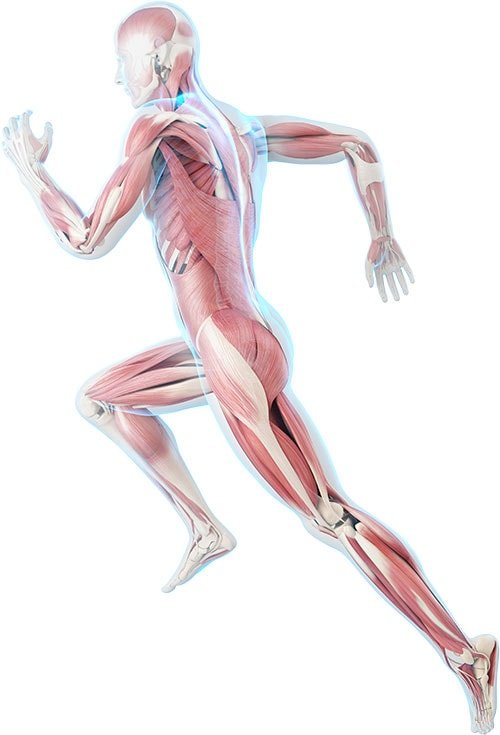Pain Management
Pain-management strategies for orthopedic injuries serve one of two purposes—either to alleviate symptoms of an acute injury while your body heals itself or to manage long-term chronic pain from an injury to delay more aggressive treatment options. As a means of treating symptoms of a chronic issue, pain management will only delay further treatment as it does nothing to address the underlying cause of your pain.
Non-steroidal, anti-inflammatory drugs (NSAIDs) such as Motrin, Aleve, ibuprofen, Advil, Naprosyn, Celebrex, celecoxib, Mobic, meloxicam, and others are the less-aggressive option. They work to reduce inflammation which may lead to a lessening of pain. While many NSAIDs are available over the counter, that does not mean that they are safe. Aside from causing stomach ulcers, all NSAIDS increase the risk of fatal stroke or sudden-death heart attack. In fact, taking NSAIDs for as little as a week increases your risk for heart attack by 50%. In addition, NSAIDs interfere with your body’s natural ability to heal by creating an environment less conducive to natural healing.
Beyond NSAIDs, opioid pain medications such as oxycodone, morphine, Percocet, Lorcet, Demerol, hydrocodone, and others are also often prescribed for chronic pain from orthopedic injuries. The risks of these medications are beginning to be widely understood. One in five people taking them becomes addicted in the first 10 days. Patients receiving a 30-day prescription have a 45% chance of still being on opioids after a year. Moreover, emerging research shows that over-the-counter Tylenol relieves pain better than these addictive medications. In fact, taking opioids leads to hyperalgesia, a heightening of the sensation of pain in such a way that patients constantly taking opioids to manage pain may actually increase their sensation of pain over time.



